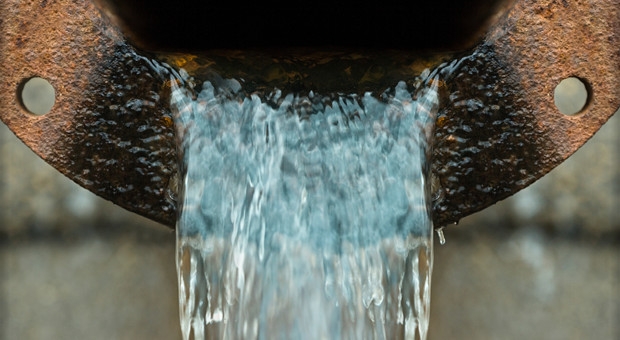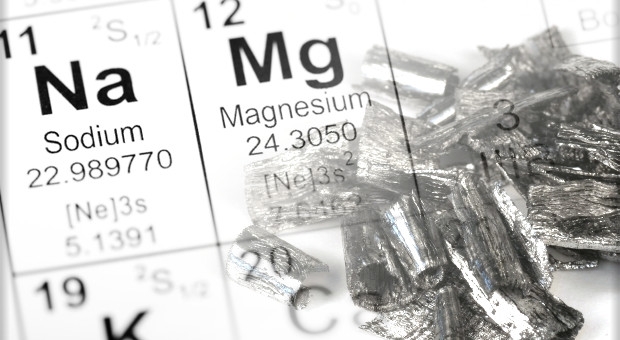Made of Magnesium, these anodes protect the expensive metal components in the water heater by corroding at faster rate.
Water is highly solvent and corrosive and there are few materials that will not succumb to its effect, given time. This is potentially damaging to the surface metals within a water heater, boiler or storage tank and these components are expensive and often complicated to replace. So, anodes are placed within these systems to, effectively, attract the corrosion away from other components. They are made from metals that are low on the noble scale, such as magnesium or aluminium, which corrode more easily.
So-called sacrificial anodes are used to protect systems that include large quantities of stored water.
Corrosion is defined as a flow of electric current caused by a potential difference between two metals. At the surfaces where the ions flow from the metal into the electrolyte (water) the metals corrode. At the surfaces where the ions flow into the metal from the electrolyte no corrosion occurs.
In the presence of dissimilar metals whereby one becomes an anode and the other a cathode if nothing is done to prevent it the anodic material will go into solution (corrode) and protect the cathodic material. The dedicated Anodic metal which is lower in the Noble scale than the metal surface it protects sacrifices itself and becomes the focal point of any corrosion that takes place therefore protecting the integrity of the water heater surfaces by ensuring they remain cathodic.
Generally, within any hot water system with a significant storage capacity. Typically, commercial or large residential premises. This includes use within glass lined tanks because the mild steel that houses the glass is vulnerable to corrosion.
They are generally not used on instantaneous flow water heaters which benefit more from electrolytic and magnetic scale protection which holds the corrosive elements in suspension as the water passes through the heat exchanger and heating elements.
What kinds of anodes are there?
Three: rigid, flexible and powered.
A rigid steel rod coated with Magnesium with a threaded connection at one end.
| Advantages | Disadvantages |
|---|---|
| These can be fitted at any angle into a tank or water heater | Replacement can be difficult if fitted in small spaces, bending the Anode may damage the surface |
| Potential for the Anode to make contact with the internal heater wall | |
| Low magnesium/aluminium content therefore life span is shorter | |
| Requires an internal inspection or removal to ascertain the extent of anodic wear |
A flexible steel wire with several magnesium anodes along its length. Rather like a string of sausages. This has a rigid section at one end with a threaded connection.
These anodes differ from the others because they are not sacrificial.
Powered anodes use an electrical current through an inert titanium electrode to energize an oxide of seven noble metals which coat the rod and so create the same invisible film of free hydrogen as is produced by a sacrificial magnesium anode.
If uncontrolled this generation of Hydrogen would be continuous whilst connected to a power supply therefore a potentiostat controls the current applied to the electrode and measures the returning current, it is therefore able to adjust the voltage and prevent excessive gas build up.


